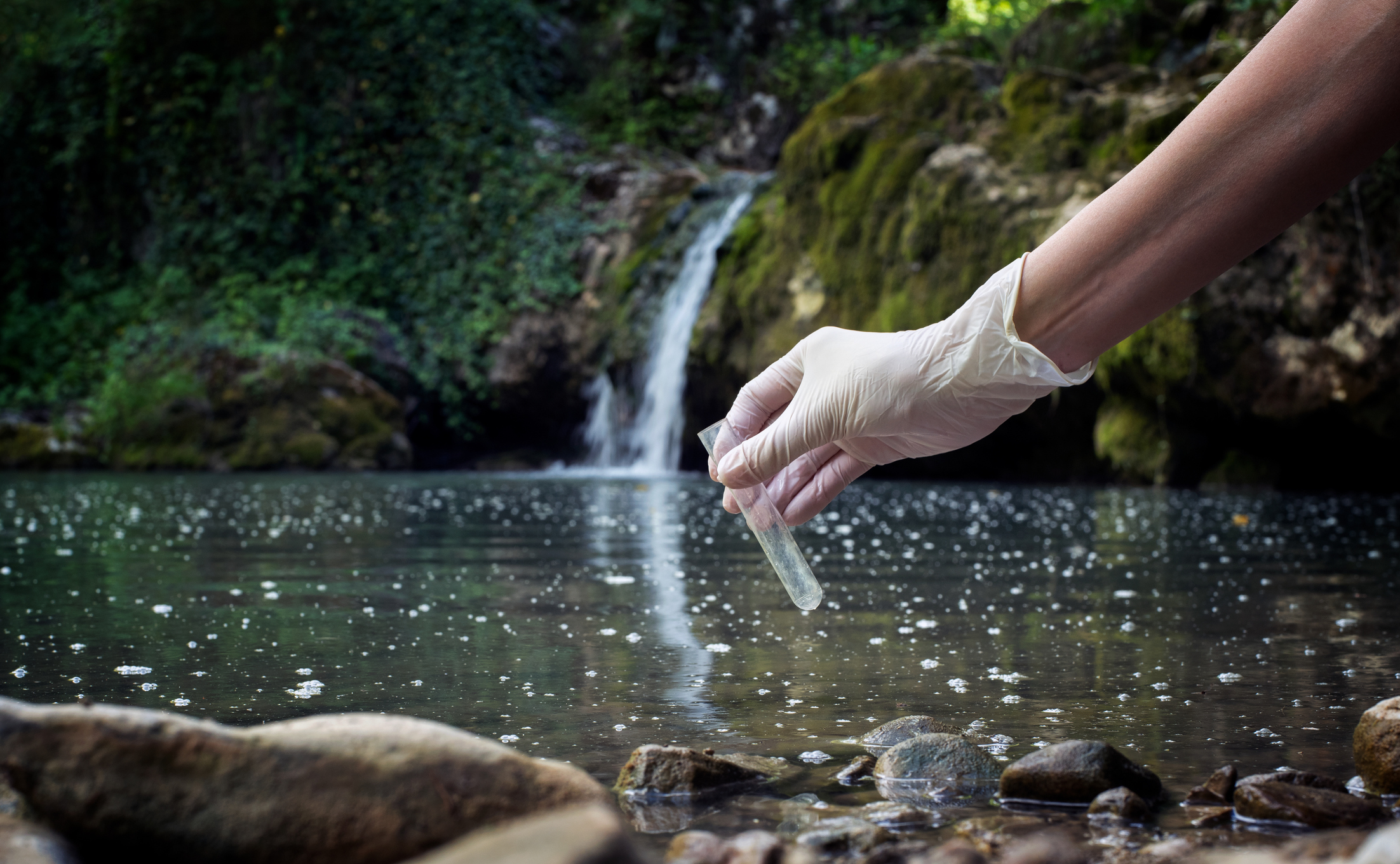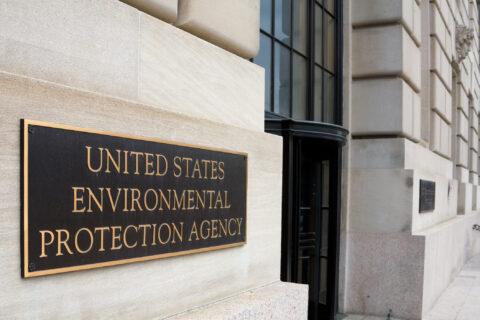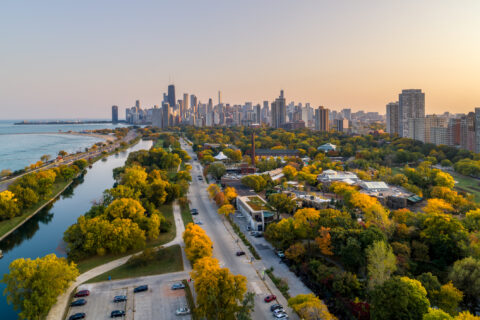Co-written by NLC intern Tessa Nguyen
In April 2024, the U.S. Environmental Protection Agency (EPA) issued a National Primary Drinking Water Regulation (NPDWR) to regulate six common per- and polyfluoroalkyl substances — better known as PFAS — found in drinking water. EPA expects the final rule to prevent PFAS exposure to approximately 100 million people in the coming years; however, it may significantly impact municipalities’ water treatment processes, depending on how much PFAS is found in local water sources.
A new brief from NLC reviews the EPA regulation and provides a framework for local leaders to evaluate and implement PFAS testing and treatment options for compliance:
National Primary Drinking Water Regulation
The NPDWR regulates six of the most common PFAS chemicals, including PFOA, PFOS, PFHxS, PFNA, HFPO-DA (also known as GenX) and mixtures that contain two or more of PFHxS, PFNA, HFPO-DA and PFBS. Final enforceable Maximum Contaminant Levels (MCLs) for PFOA and PFOS are set at 4.0 parts per trillion (ppt), while for PFHxS, PFNA and HFPO-DA, levels are set at 10 ppt. Mixtures are limited to a Hazard Index of 1.
Testing and Monitoring
As a first step toward compliance, municipalities are required to complete one year of PFAS sampling and testing by April 26, 2027, though it is recommended that this initial monitoring is conducted as soon as possible. EPA allows two testing methods to measure PFAS in drinking water — Method 537/537.1 or Method 533. Due to the cost of testing equipment and infrastructure, water systems likely will need to send their samples to third-party labs for testing.
For all groundwater community water systems and non-transient non-community water systems (such as schools) that serve more than 10,000 persons, as well as all surface water systems, the testing samples for each of the regulated PFAS chemicals must be conducted 2 to 4 months apart within a 12-month period (quarterly samples).
For all groundwater community water systems and non-transient non-community water systems serving 10,000 or fewer persons, two testing samples for each of the regulated PFAS chemicals must be taken 5 to 7 months apart within a 12-month period.
More information about the testing and monitoring requirements, options and flexibility can be found in this fact sheet or in the Federal Register here.
Water systems found violating the NPDWR have until April 26, 2029 to implement treatment options and reduce the contamination levels below the MCLs.
Treatment Options
There are three commercially available options for PFAS treatment, all of which have their own advantages, disadvantages, and customizations to best suit a water system’s needs. The brief explores these in more detail, along with case studies from communities utilizing different treatment technologies.
Granular Activated Carbon (GAC)
GAC takes organic materials already high in carbon, like coal, wood or coconut shells, and “activates” them with heat to increase surface area. Water then passes through the porous activated carbon, capturing PFAS in the pores and absorbing it into the carbon material.
This process produces no liquid waste, but requires regular filter replacement, especially if the water has an abundance of organic matter. GAC works well on longer-chain PFAS such as PFOA and PFOS but is less effective on shorter-chain PFAS like PFBS and PFBA. Overall, GAC is thought to have the lowest project life cycle cost, depending on filter replacement needs.
Anion Exchange (IX)
Anion exchange filters water using anion exchange bead resins. The negatively charged PFAS molecules stick to the positively charged anion bead resins.
Like GAC, there is no liquid waste produced in this process, but IX filters last longer than GAC, making it more environmentally friendly. IX is also more successful at filtering short-chain PFAS. While effective, IX tends to be expensive due to the cost of resin, the need to replace filters if the water has lots of organic matter and the pretreatment of water to preserve resins.
High-Pressure Membrane
With High-Pressure Membranes, including Nanofiltration (NF) and Reverse Osmosis (RO), water is pressurized through a semipermeable membrane, removing PFAS and dissolved solids.
This process is generally the most effective at removing PFAS and has lower environmental impacts on high flow rate and low-quality water systems; however, high-pressure membranes are often the most expensive types of treatment, require pre- and post-treatment of the water and create liquid waste of up to 15% of the inflow.
All treatment methods produce waste. GAC and IX produce sludge primarily composed of organic matter, low levels of PFAS and other contaminants. The sludge is further processed to isolate the rich organic matter for land application — fertilizer for agriculture, landscaping and gardening. For the liquid waste produced by high-pressure membranes, EPA recommends that it be disposed of through Class 1 injection Wells.
Next Steps for Local Governments
To best identify an appropriate treatment pathway, it is important to consider technical contexts of a water system, like co-contaminants and flow rate, as well as costs and environmental impact. Then, municipalities should consider pilot testing to ensure effectiveness on a small-scale before fully implementing a treatment strategy.
The U.S. Department of Defense has developed a tool, Evaluation and Life Cycle Comparison of Ex Situ Treatment Technologies for PFAS in Groundwater, to discern the best treatment option for a community based on their capabilities and priorities. Additionally, the National Center for Clean Industrial and Treatment Technologies at Michigan Technological University created the Environmental Technologies Design Option Tool (ETDOT) to model and design pilot treatment systems.
Resources
- What the Hazardous Substance Designation of PFAS Chemicals Means for Local Governments
- 6 Things for Local Leaders to Know About EPA’s New PFAS Drinking Water Regulations
- How Cities Can Prepare Now to Meet New PFAS Drinking Water Regulation
Take Action Now
As Congress is developing legislation to comprehensively address PFAS contamination, tell your Senators that any PFAS legislation must include liability protection for municipal drinking water, wastewater and stormwater utilities, landfills, solid waste facilities, airports and fire departments.











